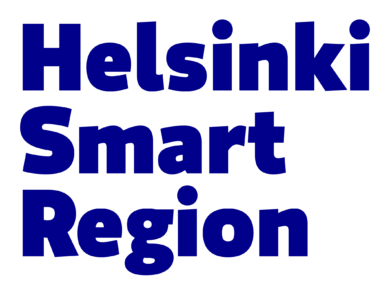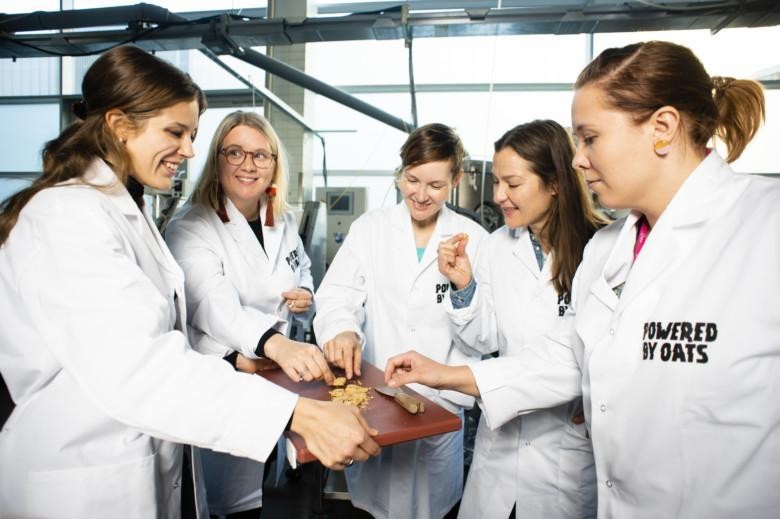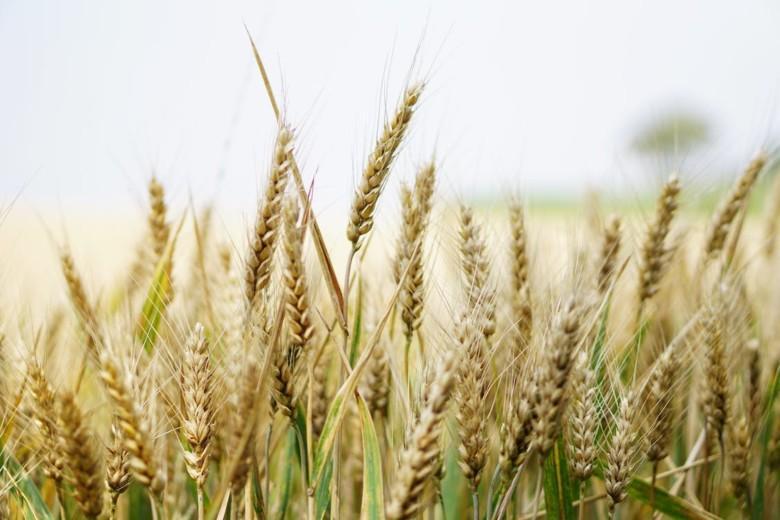Cases

Climate neutrality
Food production must become more sustainable – “Fortunately, there is a huge amount of innovation”
Published:
An innovation from technology company Solar Foods produces protein from air and electricity, without farm animals or agriculture. The innovation is gathering momentum as its new factory is due to start producing protein next spring.
Solar Foods has named its new protein Solein, and the factory, first of its kind in the world, is expected to start producing 120 tonnes of it a year.
Mr. Pasi Vainikka, the company’s CEO, has told the public that the quantity is equivalent to around five million meals, when one meal is calculated to contain 20 grams of protein.
Onego Bio is commercialising a method developed by VTT to produce the main protein in egg whites, ovalbumin, without the use of farmed animals.
The company is planning to set up a production plant in Finland. The aim is to start commercial operations in the United States, where market access is faster than in Europe. In Europe, the new protein is expected to become commercially available once it has been approved by the authorities.
The food, bakery and confectionery industries are expected to be the first to adopt the new bio-protein, followed by the consumer market.

Food production has big disadvantages
Ms. Emilia Nordlund, head of VTT’s Food team, lists the compelling reasons for new food production.
– The food system is responsible for a quarter of greenhouse gases worldwide. Agriculture is the main cause of biodiversity loss and eutrophication of water bodies. Agriculture consumes half of the world’s habitable land and up to 70% of the world’s freshwater supply, most of which is used for animal production.
She says that many things in food production need to change for the food system to be sustainable. Production processes need to be radically improved.
But it’s not enough. It is crucial that consumers, especially in welfare states, reduce their consumption of foods of animal origin – especially meat.
– In a welfare state, the consumption of meat and animal products is well above what is needed. A plant-based diet is also good for our health, Ms Nordlund states.
Many things in food production need to change for the food system to be sustainable.
A diversified crop rotation increases the amount of arable crops grown and thus provides the food industry with a wide variety of plant-based raw materials.
But even that is not enough. New methods and innovations are needed, such as those produced by Solar Foods and Onego Bio.
Nordlund mentions cellular agriculture and insects as examples. New methods can produce either edible microbial or cellular mass, such as the long-established Quorn fungal protein, or cultured artificial meat. They are high in protein and are being used to make alternatives to meat products.
Cells can also be used to produce some ingredients, such as egg or milk proteins, as Onego Bio does. They are needed in the preparation of food to ensure excellent quality.
– Initial calculations show that, for example, producing chicken egg protein in cell factories instead of rearing chickens reduces greenhouse emissions by at least 75% and land use by more than 90%.

Numerous promising innovations
Fortunately, there are a huge number of innovations in plant-based, cellular, insect and fisheries solutions, Nordlund says.
– Good work has been done on plant-based milk substitutes and their consumption has clearly increased.
The change is barely visible in meat consumption. The price of meat substitutes is relatively high, and consumers are also dissatisfied by the taste and texture of meat substitutes.
– We are currently working on a Business Finland funded project called RETHINK, where we are trying to focus on the production costs and taste of plant-based ingredients.
There are also a number of interesting innovations and companies in cellular agriculture. Ms Nordlund is particularly interested in solutions that seek to use side streams as nutrients for microbes and cell cultures. Solar Foods is a prime example.
The start up company Enifer is developing a process using dilute soluble industrial side streams to produce fish feed and food for pets and even humans.
– Insect production processes also have the potential to use a wide range of side streams for the food system, Nordlund mentions.
For example, Volare, a company based in Hyvinkää, Finland, processes protein and oil from food production by-products using the black soldier fly.
Grease with the help of microbes
Nordlund also believes that the production of different fats is currently active and interesting, as it is possible to produce animal and dairy fats using microbes.
– Fats play an important role because of their taste, texture and also their nutritional quality. Protein and carbohydrates alone do not provide such tasty products, for example in meat substitutes.
Plant cells, on the other hand, can be used to make cocoa or coffee without coffee beans, for example.
VTT is also doing a lot of research into the potential of different types of plant cell cultures. Many food crops and trees are under threat from climate change. Plant cell cultures can make the consumption of coffee and chocolate more sustainable.
Various hybrid products are also being developed. They can combine fish and meat with plant-based and cellular agriculture products.
– I believe that hybrid solutions can accelerate both the launch of products on the market as well as the change in consumption.

Towards industrial production
Plant-based products are widely available. For example, many people add oat product to their coffee. Plant-based products are followed by various microbial masses, of which Quorn is already on the market.
SolarFoods and Enifer are also getting in on the act once they get their factories up and running.
Nordlund says microbial proteins and fats will take more time because the technology is still being scaled up. In addition, it takes years to build industrial-scale production processes.
– Cellular meat and plant cells are likely to take even longer. Their technology is complex and expensive, so a huge amount of work needs to be done to get them on every consumer’s plate.
She estimates that this will take at least 20 years. All in all, it will take decades to build the new infrastructure for the cellular economy.
– Nevertheless, there will certainly be product launches in this sector.
Price and taste in tune
New food production must take into account many of the same old things: consumers must have a varied diet that provides the right nutrients for everyone’s health, now and in the future.
The players in the system and society cannot be forgotten either.
– A sustainable food system must be fair from the profitability of primary producers to the ability of consumers to pay.
Nordlund points out that we need political guidance, good examples and communication.
– Products must be reasonably priced and consumers must like them. Once these things are in place, I am sure that consumers will be ready for new food products. After all, they are the basis of a more sustainable food system.
Read more:
VTT: Finnish companies aim at hitting the ballpark with new plant protein processes










 Return to listing
Return to listing